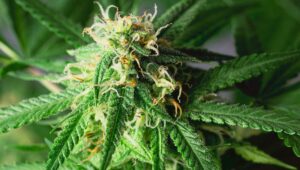
Growing cannabis indoors can be a fulfilling project, especially when you start with autoflower seeds. Autoflowering cannabis is known for its simplicity and speed, making it an excellent choice for beginners. If you’re in Canada or elsewhere, looking to buy cannabis seeds for your indoor garden, autoflower varieties could be your best bet. In this blog post, we’ll guide you through the essentials of nurturing your autoflower seeds into thriving plants, ensuring a fruitful harvest.
Understanding Autoflower Seeds
Autoflower seeds are unique because they transition from the vegetative stage to the flowering stage automatically, unlike traditional photoperiod strains that require specific light conditions to flower. This trait makes them perfect for beginners, as it reduces the complexity of indoor growing.
Choosing the Right Seeds
When you’re ready to buy cannabis seeds, particularly autoflower varieties, consider reputable sources like Cannabis Seeds Canada. Opting for high-quality seeds from trusted sellers ensures better germination rates and plant health, setting you up for success from the start.
Setting Up Your Indoor Grow Space
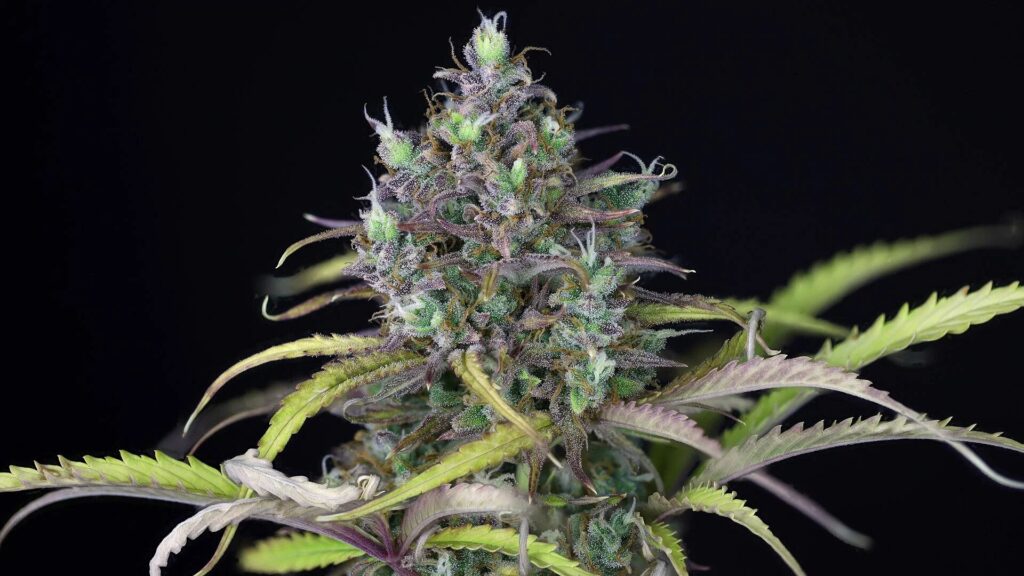
Selecting the Right Spot
Your indoor growing area doesn’t have to be extensive. A small closet, tent, or corner of a room can suffice. The key is to control the environment — temperature, humidity, and light — to suit the needs of your cannabis plants.
Lighting Essentials
Autoflower plants thrive under 18-24 hours of light daily throughout their lifecycle. LED grow lights are ideal for beginners due to their efficiency and lower heat output. Ensure your plants are evenly exposed to light, adjusting the height of your lights as they grow.
Temperature and Humidity
Maintain a temperature range of 20-25°C (68-77°F) during the day and slightly cooler at night. Humidity levels should be around 40-50% during the flowering stage. Investing in a good ventilation system helps manage these conditions, promoting healthy plant growth.
Planting Your Autoflower Seeds
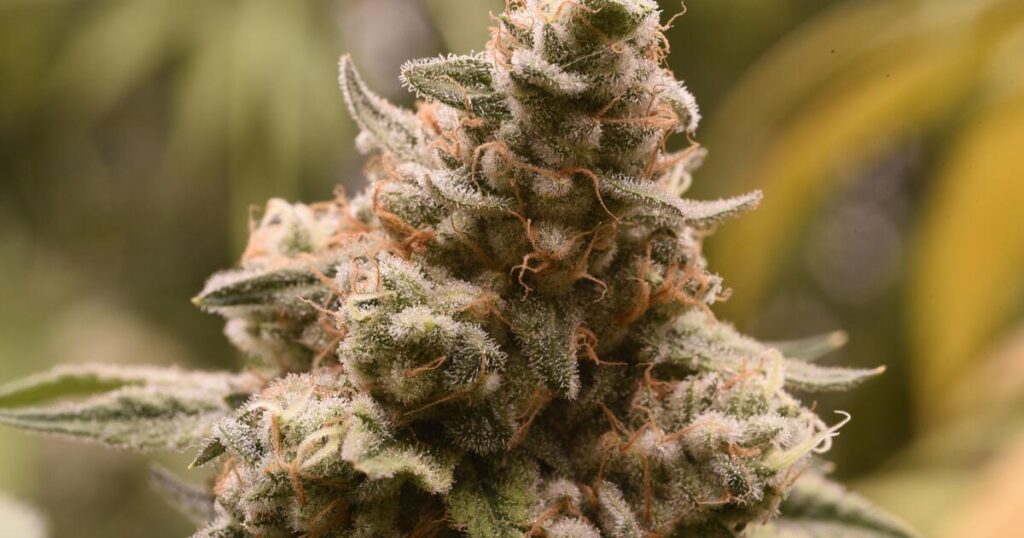
Soil and Pot Selection
Choose a light, airy soil mix with good drainage for your autoflower seeds. Autoflowers prefer not being transplanted, so plant your seeds directly into their final pots. Fabric pots are recommended as they promote air pruning and prevent root circling.
Watering Techniques
Overwatering is a common mistake among beginners. Autoflowers require less water than photoperiod strains, so it’s crucial to allow the soil to dry out slightly between waterings. Use lukewarm water and avoid wetting the plant’s leaves to prevent fungal diseases.
Nurturing Your Autoflower Plants
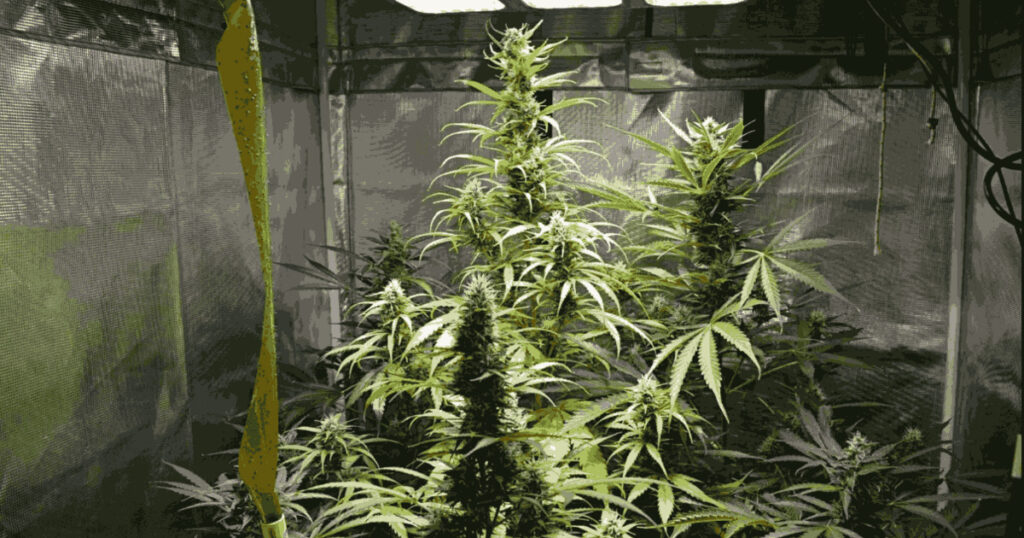
Nutrient Requirements
Autoflowers don’t need as much feeding as other types of cannabis. Start with a light nutrient solution and gradually increase it, paying close attention to your plant’s response. Overfeeding can harm your autoflowers, leading to nutrient burn.
Training Your Plants
Though not always necessary, training your autoflower plants can increase yields. Techniques like low-stress training (LST) involve gently bending and tying down branches to expose more of the plant to light, encouraging growth and bud production.
The Flowering Stage
Autoflowering cannabis plants will automatically enter the flowering stage after a set number of weeks. This stage requires careful attention to watering and nutrients, with a focus on phosphorus and potassium to support bud development.
Monitoring for Pests and Diseases
Keep an eye out for common cannabis pests and diseases. Regular checks and maintaining a clean grow space can prevent infestations. If pests are detected, treat them immediately with organic options to minimize harm to your plants.
Harvesting Your Cannabis
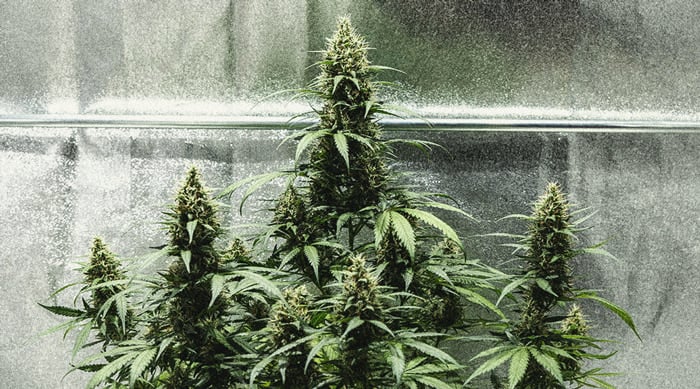
When to Harvest
Autoflowers typically are ready for harvest 8-10 weeks from germination. Look for the signs that buds are mature — trichomes turning from clear to milky or amber is a good indicator it’s time to harvest.
Drying and Curing
After harvesting, drying and curing your buds properly are crucial steps to ensure the best flavor and potency. Hang your buds in a dark, well-ventilated space for about a week, then cure them in airtight jars, opening daily to let them breathe.
Read Also : How to Grow Cannabis Outdoors for Optimal Results
Conclusion
Growing autoflowed seeds indoors is an exciting journey for any beginner. By selecting the right seeds from sources like Cannabis Seeds Canada, setting up a controlled environment, and following these essential tips, you’re well on your way to enjoying your home-grown cannabis. Remember, patience and attentiveness are key to nurturing your plants from seedlings to harvest. Happy growing!
